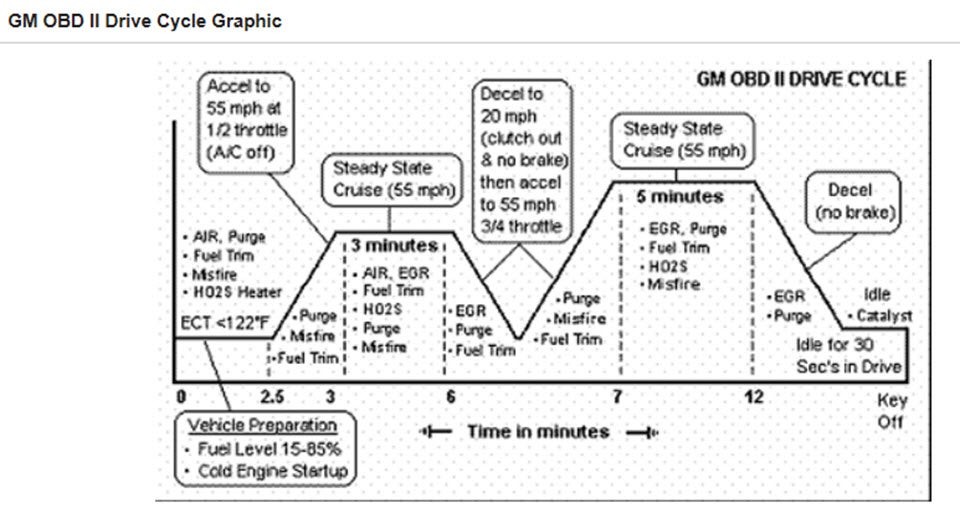Navigating vehicle inspections can be a headache for any car owner, especially when dealing with elusive “not ready” emissions monitors. For those in the know, On-Board Diagnostics II (OBD2) systems have become essential for understanding and resolving car troubles. Since 1996, OBD2 has been the standard, providing access to a wealth of data from your engine’s computer. While basic OBD2 scanners are readily available and great for reading and clearing simple fault codes, more complex issues and in-depth diagnostics often require advanced tools, sometimes pushing you towards expensive, dealer-level equipment.
Many automotive enthusiasts and professional mechanics are turning to OBD2 emulators as a cost-effective and powerful alternative to these high-end factory tools. These emulators, often software-based and used with a compatible OBD2 adapter, can mimic the functionality of professional diagnostic systems on a laptop. While setting them up might require a bit of technical know-how to decipher codes and pinpoint problem areas, the capabilities they unlock in modern, heavily computerized vehicles are significant. These vehicles are constantly running internal checks across numerous electronic components to ensure the engine, transmission, and related systems are functioning correctly.
OBD2’s role extends beyond simple diagnostics; it’s also crucial for verifying your vehicle’s emissions systems are operating as they should. A check engine light (Malfunction Indicator Lamp or MIL) is often an immediate fail during inspections. However, even after repairing an emissions-related issue and clearing the code (turning off the MIL), your car might still fail the emissions test. This is because the vehicle’s Engine Control Unit (ECU) needs to validate various “IM” (Inspection and Maintenance) readiness monitors. Common monitors include Misfire, Catalytic Converter, EVAP (Evaporative Emission Control System), Air Injection System, Oxygen Sensor (O2), Heated O2 Sensor, and EGR (Exhaust Gas Recirculation). Each car manufacturer sets specific driving cycles designed to test these systems, and these cycles can be quite demanding, requiring precise conditions to be met, sometimes over hundreds of miles and numerous cold starts.
Initially, OBD2 systems lacked IM readiness checks. As long as the MIL was off and the car passed a basic visual inspection, it would pass emissions. A common, albeit temporary, trick was to disconnect the battery right before inspection to reset the MIL, masking underlying issues. This loophole led to the development of the current, more stringent IM readiness monitor system.
This brings us to a common scenario: battery replacement. Disconnecting the battery, even for a necessary replacement, resets these crucial IM monitors. This reset forces you to complete the manufacturer-specific drive cycles to reset them before your vehicle can pass inspection. The frustration is real, as demonstrated by personal experiences like the one described below, highlighting the EVAP monitor’s notorious difficulty in setting.
The EVAP monitor, in particular, is often the most stubborn. These drive cycles usually begin with an overnight cold start, and missing any step in the sequence means starting over again, often with another overnight cold start. Months can be spent trying to get this monitor to register as ready. In cases where vehicle registration is contingent on passing inspection, this delay becomes more than just inconvenient. Using a basic ELM327 adapter and software might allow you to see that EVAP tests are passing in Mode 06 data, but these individual test passes don’t always translate to the IM readiness monitor setting correctly.
Frustration with these issues is widespread, as evidenced by numerous online forum discussions. Many owners discover the existence of a “Tech2 EVAP service bay test,” a procedure typically performed using a professional-grade GM Tech2 dealer scanner. While Tech2 scanners can be purchased, the investment, including software, is often substantial.
This is where more accessible OBD2 emulator solutions come into play. Companies like VXDIAG offer affordable alternatives, such as the VCX NANO OBD2 adapter combined with emulated Tech2 software for a laptop. These systems, often available for under $100, provide a cost-effective way to access dealer-level diagnostic capabilities. The VXDIAG VCX NANO, for example, emulates the Tech2 system, offering a user-friendly interface and powerful testing features.
Once connected to the vehicle via the OBD2 port, and with the Tech2 emulator software running, accessing the EVAP System Bay Test is straightforward. The software guides you through the testing procedure.
The EVAP service bay test requires a cold start. After connecting the emulator setup, the software prompts the user through the steps. One key step involves maintaining a steady engine RPM between 1800 and 2200 RPM for eight minutes. Achieving this precise and consistent RPM can be tricky manually. A helpful trick is using a board to depress the accelerator pedal and adjusting the electric seat to apply the necessary pressure to maintain the target RPM. This hands-free method is crucial for the test’s success.
The software then cycles through purge and other sensor tests, completing the service bay portion in about eight minutes.
Following the service bay test, the system prompts for a 15km drive for 600 seconds (10 minutes). After this drive, returning to the “bay” (connecting the emulator again) and hitting enter initiates a final engine-off test, which isn’t always well-documented but involves relay clicking sounds as it runs. This final test, lasting around five minutes, is crucial for setting the EVAP IM readiness monitor.
Successfully setting the EVAP IM monitor means the vehicle is finally ready for inspection. While the process can be involved, OBD2 emulators like the VXDIAG VCX NANO offer a viable and affordable path to resolve stubborn emissions readiness issues, saving time, money, and frustration compared to relying solely on manufacturer drive cycles or expensive dealer visits. For DIY mechanics and car enthusiasts, OBD2 emulators are powerful tools for diagnostics and ensuring vehicle compliance, offering a way to “tear up the streets in a somewhat legal manner” and avoid those registration-related headaches.
